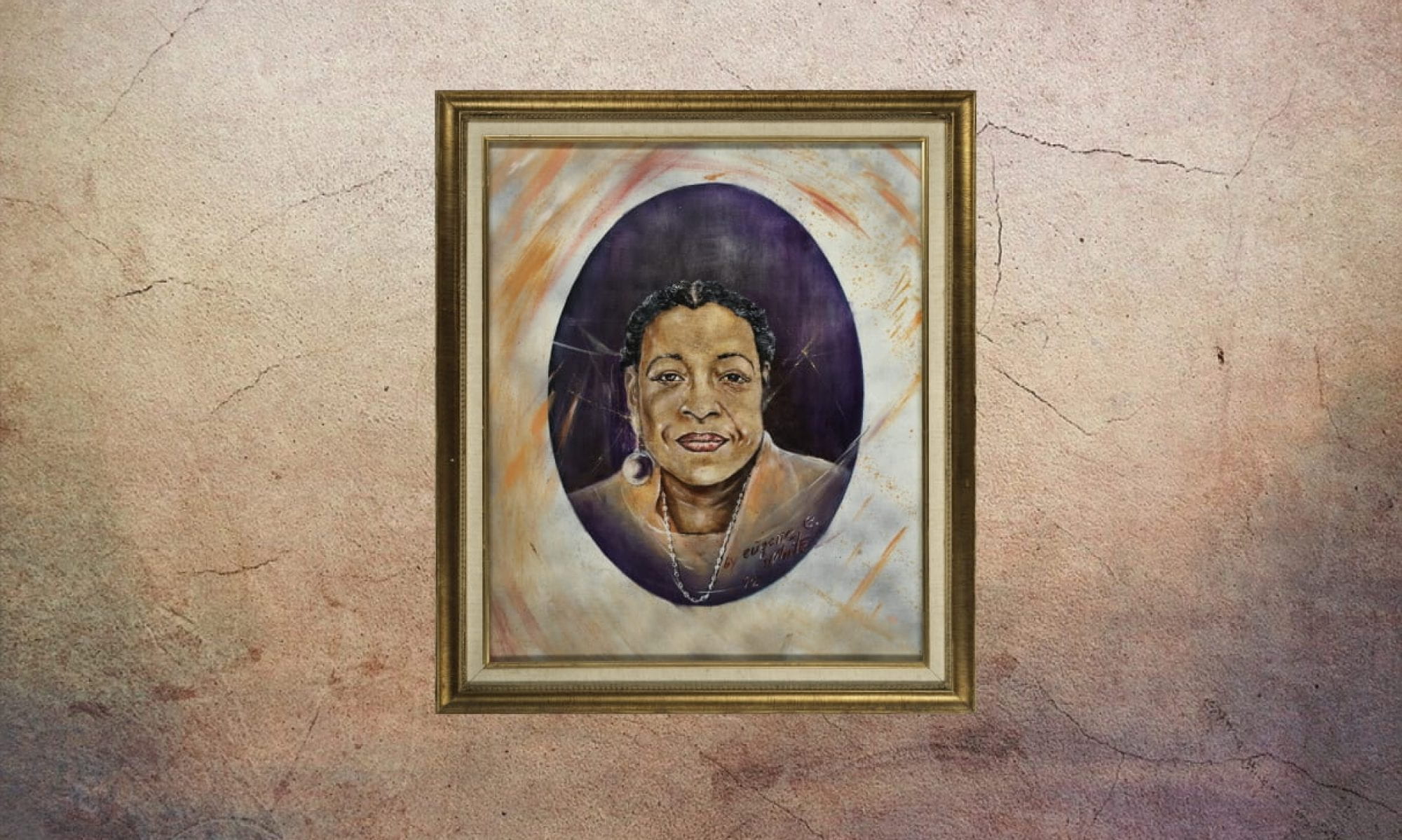
Mary S. Martin, founder and executive director of S.R. Martin Preparatory School, was highly regarded as a leading figure in education in San Francisco. She was born on March 23, 1939, in New Orleans, and attended segregated public schools throughout most of her adolescence. These schools lacked funding due to the government’s dearth of attention and resources, which formed an ineffective educational system for minority children. Moving forward, Martin attended a high school that would forever change her outlook on education because of the drastic change in environment. She saw the presence of African American teachers and staff allowed for a more compassionate environment, enabling students to seek higher education beyond high school. This new atmosphere inspired Martin to graduate at the top of her class and attend college at Xavier University in New Orleans.
In 1959, Martin took a trip to California to visit her sister, a decision which would ultimately lead her to attend San Francisco State University. Within a year she received her teaching credentials. Martin continued her education at San Francisco State University, where she met her husband and obtained her master’s in counseling and administration credentials (SFGate). Based on her own experience with the education system, Martin understood the importance of nurturing students of color. She understood the unjust disadvantages that affected these students and after her husband, Shedrick R. Martin, passed away her dedication and drive to open the school only grew stronger. Although his passing greatly affected her (causing her to take a short break from teaching) she later began teaching at several different schools.
While she was teaching at Raoul Wallenberg High School and Balboa High School, she noted “the students at Wallenberg were in a college prep program and that Balboa students were not on the college track” (SFGate). From her work with “difficult minority students” at Wallenberg, she noticed that many of the Samoan students there on scholarship did not feel comfortable at the school. Because of this, they were placed at an unfair disadvantage in reaching higher education beyond high school. This discriminative cycle has been perpetuated by the educational system’s lack of care and knowledge of minority issues. This revelation sparked Martin’s idea of opening up a private institution solely for students of color.
Martin had always felt driven to change the way the education system treated African American youth who were not obtaining the same opportunities that non-minority students were receiving at other schools. After seeing the youth of Hunters point and Bayview struggle to attend (and even prepare) for college, Martin decided to start a school that would cater to these students’ needs and hopefully be successful in setting them up for levels of education beyond the school. In 1990, she started S.R. Martin Prep School with the help of seven faculty members who, according to an article found in The Guardsmen, shaped the lives of thirty five students. The school offered courses from 6th grade through 12th grade, with the majority of students in attendance being high schoolers. The curriculum was intended to be rigorous in order to prepare students for the common college workload and challenged students to excel in multiple subjects.
Mary Martin wanted her students to excel in all aspects of their lives. She maintained close relationships with them while also providing a strict but nurturing environment to ensure that they would stay on task. Martin genuinely cared about the well-being of each and every student who attended her school. All of her hard work was funneled into this institution so that the African American youth could have advanced opportunities. She wanted them to succeed as adults, not just as students. Her students recognized this and felt that “public schools [don’t] give you much attention. Some teachers don’t care. Here, they make you do your work so you have a higher expectation of what you’re doing” (Wagner). Though she achieved these goals, it came at a price. In order to attend, students were required to pay $3,500, though the true cost was estimated to be around $4,000. Martin cared for her students greatly and continued to make sacrifices so that they could attend. Unfortunately, she struggled to obtain grants to financially support the school.
After retiring in 2007, Martin continued to look for financial resources to keep the school open. Once the 2008 economic crisis hit however, it became impossible for S.R. Martin Prep School to remain open. The school eventually merged with Bridgemont High School, which eventually closed down. Despite not being able to maintain the school, there were approximately a hundred students who graduated from S.R. Martin Prep. Many of these students were awarded scholarships to attend college and overall many of their lives were changed for the better. The amount of dedication, love, and hard work Martin put into her community continues to be inspirational and demonstrates why she is seen as a prominent advocate for equality within the educational system of San Francisco.
— Rachael Sandoval and Heidi De La Cruz Velázquez
Works Cited
“Taniya.” The Guardsmen. 1 Dec 2016.
Moody, Shelah. “Mary S. Martin—an Educator Succeeds against the Odds.” SFGate. 11 Feb 2012.
Nakao, Annie. “Symbolic Celebration / Thousands Turn out in S.F. for King’s Birthday.” SFGate. 31 Jan 2012.
Wagner, Venice. “College Prep Gives Kids the Attention They Need to Excel.” SFGate. 22 Feb 1995.
